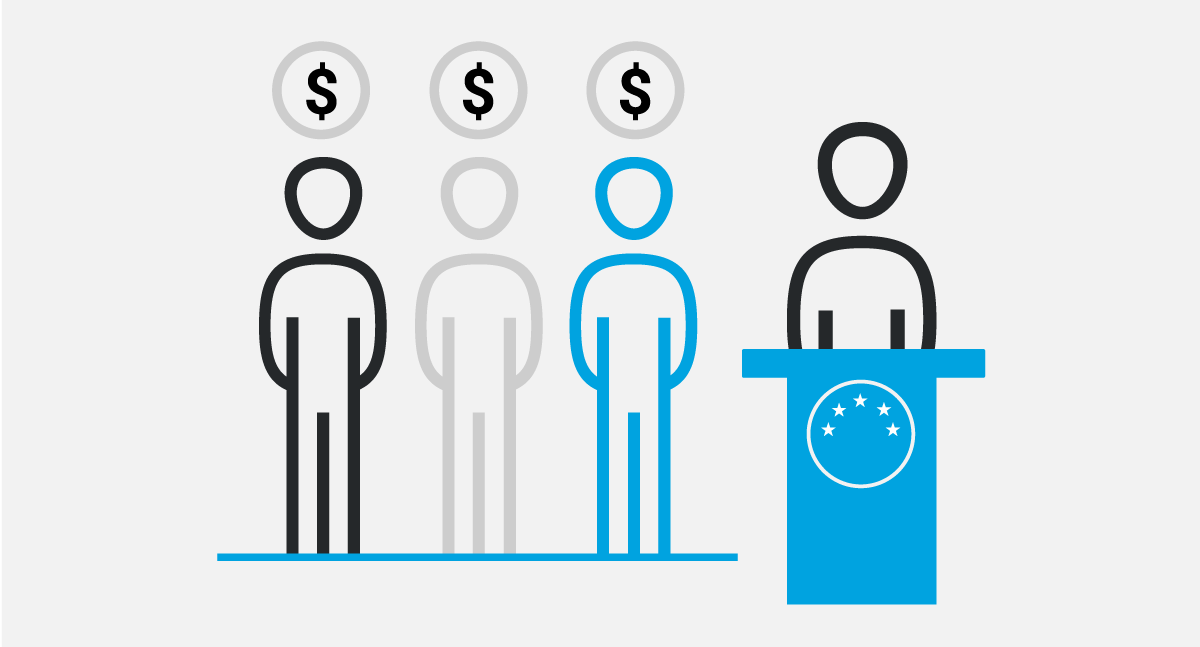
![]()
What if there was a way to understand how your gender and race/ethnicity affect your buying power? With the world’s first, Big Mac Pay Gap Index, you can do just that.
The online tool provides a new way of understanding what the pay gap means for you. It does so by showing you how much more a Big Mac costs you, after adjusting the menu price of a Big Mac to reflect the pay gap you may experience.
Click below to see it in action:
Why we created the Big Mac Pay Gap index
The pay gap can seem like an abstract idea, and because of that, it can be difficult to understand the impact it has on how much you earn and how far it gets you in terms of real-world purchases. The Big Mac Pay Gap Index shows in a more concrete way how the pay gap impacts your daily purchases.
So, if you experience a pay gap, which means that you earn less than others because of factors such as gender or race/ethnicity, or both, then the real cost of a Big Mac for you, once adjusted for your pay gap, is proportionately more than the menu price.
Since men, for example, earn on average 18% more than women, they face no gender pay gap – and so the real cost of a Big Mac for them is the same as the average U.S. menu price: $6.05.
For women, however, the real cost of the Big Mac is not $6.05 but $7.38, due to the gender pay gap they experience.
How we came up with the Big Mac Pay Gap Index
The new Big Mac Pay Gap Index draws inspiration from two older ideas.
The first is the pay gap itself – as in the gap between the average earnings of different genders, races/ethnicities, or both combined. It’s a topic that’s taken center stage this year as organizations compete in the war for talent and social, legal, and investor pressures continue.
The second is the Big Mac Index, a well-known currency comparison tool first developed in 1986 by The Economist. The light-hearted guide explains the buying power of different national currencies based on the cost of a Big Mac in each country.
Our Big Mac Pay Gap Index blends both these concepts to create a vivid new way of understanding the pay gap in a personal, individualized way.
It applies the same approach to not just the gender pay gap but also to other pay gaps, such as the race/ethnicity pay gap and the combined gender and race/ethnicity pay gap.
With the combined gender and race/ethnicity pay gap, for example, Asian men are the highest earners and so they are the only class to pay the actual price of a Big Mac since their buying power is unaffected by the pay gap.
For every other such class – including White men – the cost of a Big Mac is proportionately more. For Hispanic women, who face the biggest pay gap, the cost of a Big Mac is $12.35 – over double the menu price of $6.05.
How we calculated index prices
To understand how we came up with the Big Mac Pay Gap Index prices, it’s important to note where we sourced our data. We started with U.S. census data collected from the 2019 American Community Survey and then performed the following calculations.
Step 1: Find the difference between the average wages earned by the selected class and the highest-paid class, which in this case is Asian men. Next, divide the figure by the highest-paid class’s wages. The resulting percentage is the pay gap that exists between the selected class and the highest-paid class. These calculated pay gaps are then assigned to each identity/demographic.
Step 2: Next, apply the pay gap percentage to determine each demographic’s buying power. If the pay gap is 18%, then their buying power equates to 82%.
Step 3: Lastly, take the average U.S. menu price of a Big Mac and divide it by the buying power calculated in step 2. The result is the “true cost” for each demographic.
Our mission
We created this tool to make clear how serious wage inequality is. When you apply the pay gaps that many or most of us experience in our everyday lives to a tangible, everyday, and iconic purchase like a Big Mac, you can understand why it’s paramount for everyone to be paid fairly, without any kind of discrimination.
With the Big Mac Pay Gap Index, you can experience the impacts of wage inequality in a new way. It is our hope that this tool helps facilitate action in closing pervasive gender and race/ethnicity pay gaps.
Ready to check out the Big Mac Pay Gap Index?


